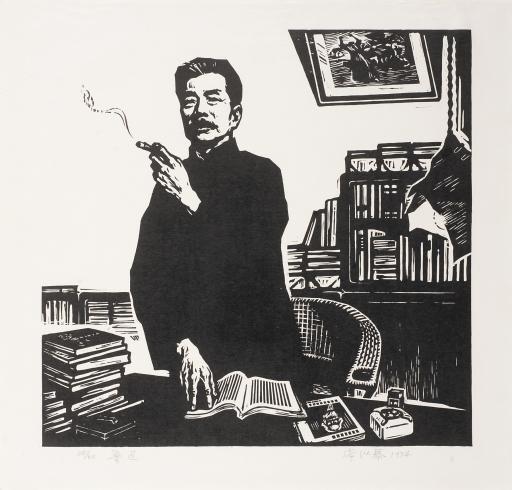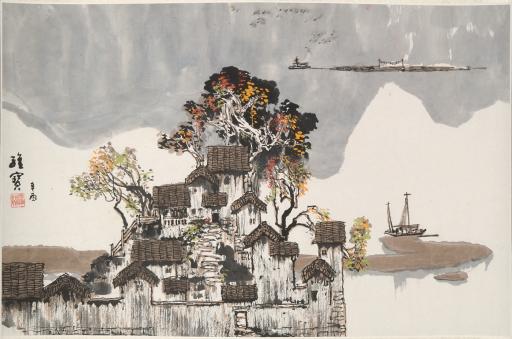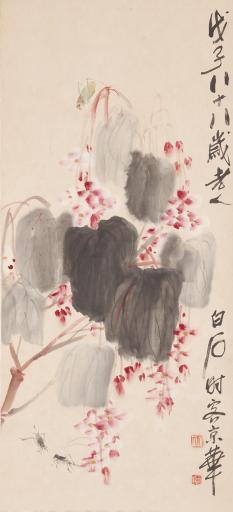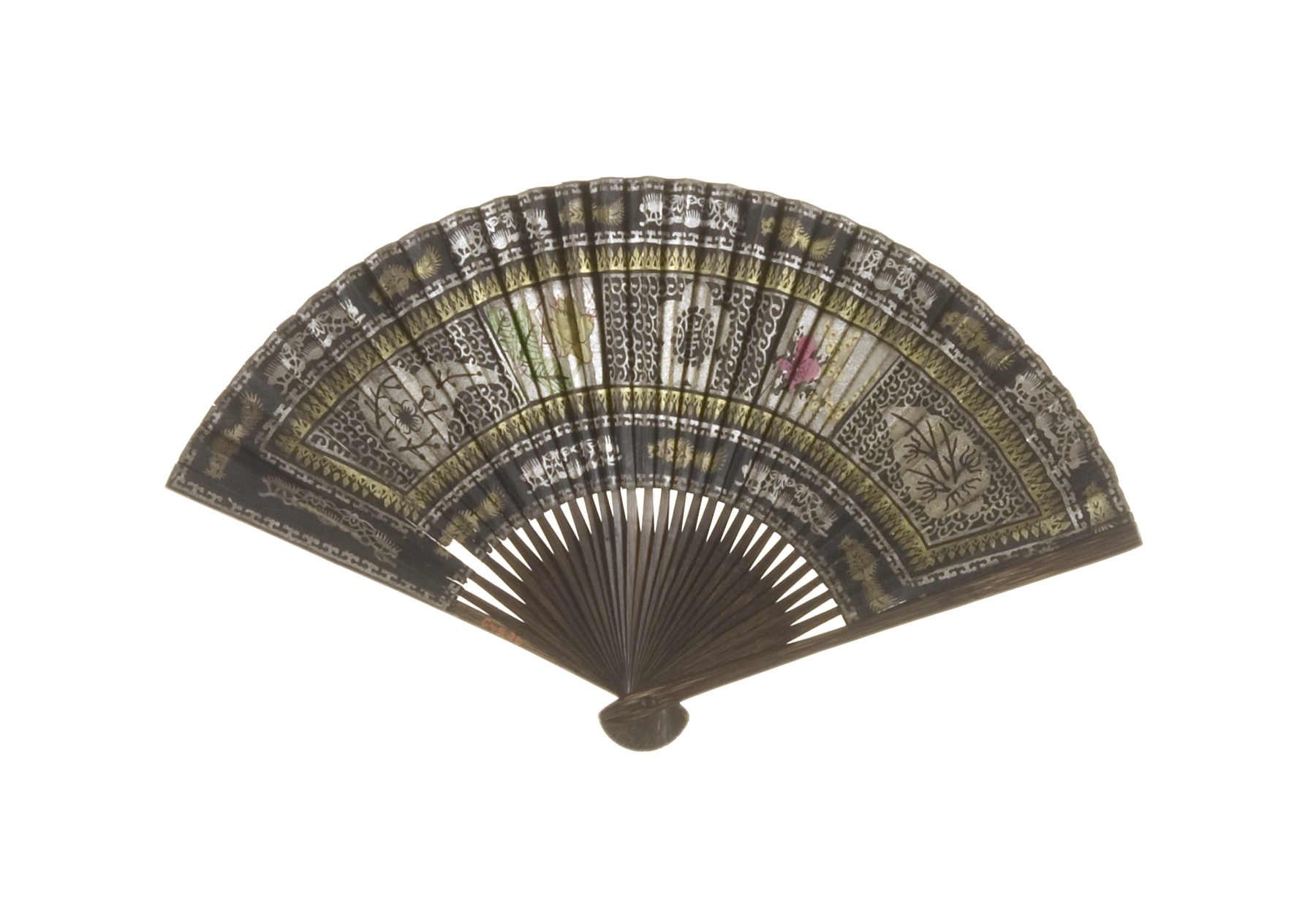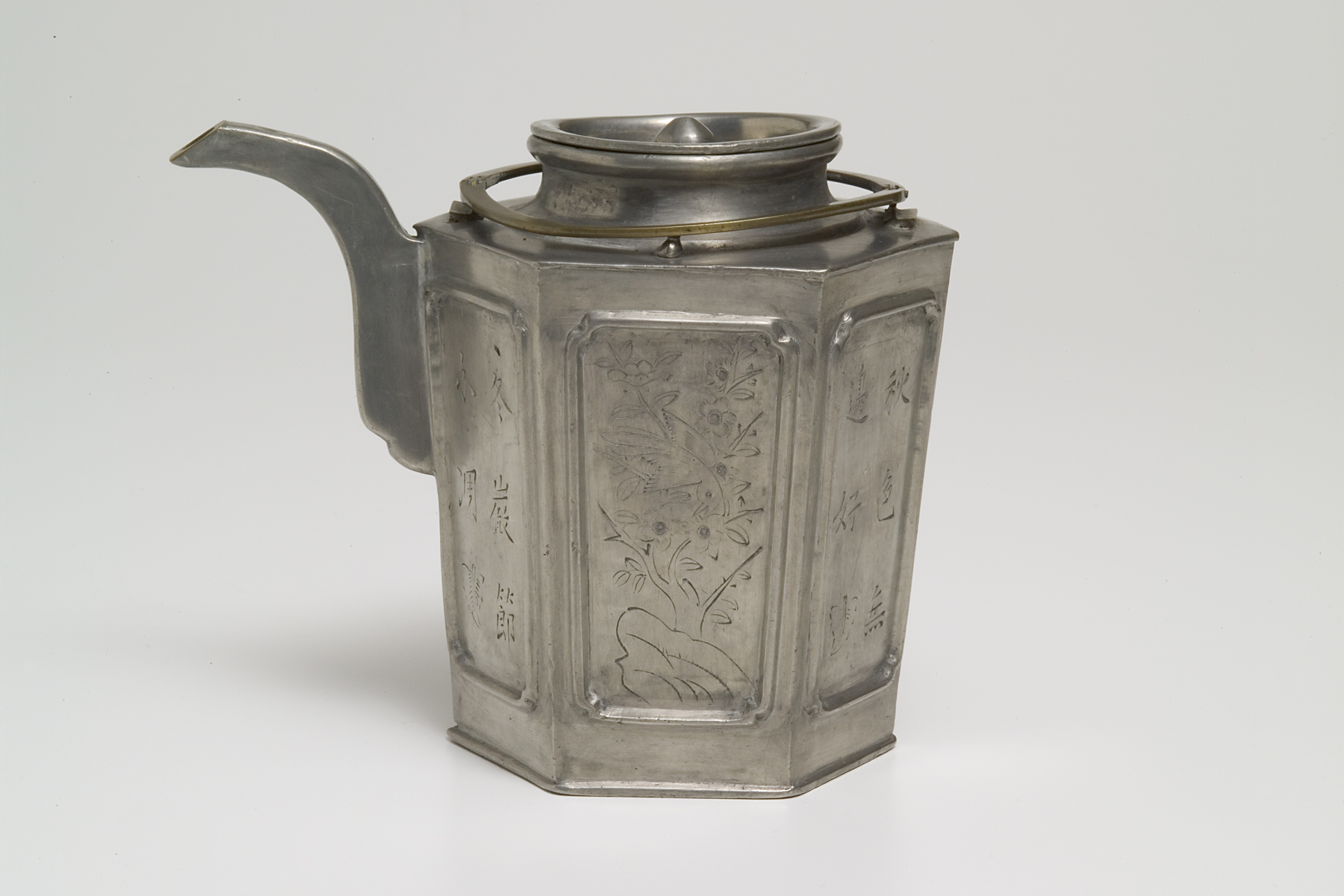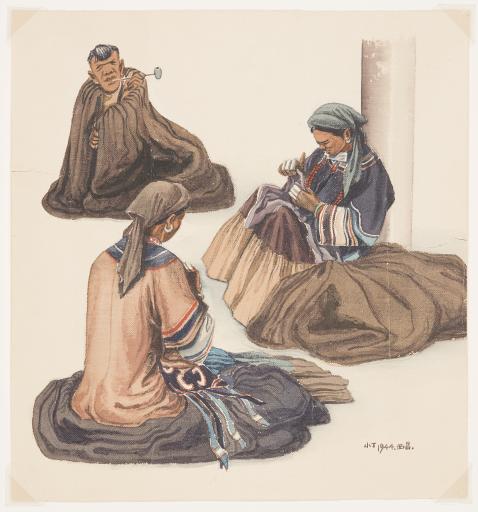Using the Past to Serve the Present in 20th Century Chinese Painting
Exhibition Overview

For China, the 20th century was an era of constant change. The imperial order of the Qing dynasty collapsed and the first Republic of China was established in 1912. The new Republic was soon subject to civil wars and the Second World War, before the Communist Party took over and founded of the People's Republic of China (PRC) in 1949, closing China to most of the world. From 1966 to 1976, the "Cultural Revolution" sought to destroy what were perceived as "pernicious influences" from China's imperial past. In the 1970s, China gradually opened her gates again, finally establishing formal diplomatic relations with the U.S. in 1979. China quickly became "the" tourist destination of the 1980s.
Trained in traditional Chinese and Western methods, 20th-century Chinese artists responded in various ways to the continually shifting political landscape. The paintings in this gallery represent the response with the strongest ties to China's past. This genre of painting, known as "guohua," or "National style painting," uses traditional Chinese media, formats, and themes, and draws on the venerable literati painting tradition in emphasizing expressive brushwork.
While guohua artists took pride in preserving and reenergizing the literati tradition, their art was inherently political. This art form from the past lent its cultural prestige to social and political aspirations of the present. Once meant for scholars' studios, brush-and-ink painting moved into public arenas. Artists employed by the government after 1949 brushed tributes to the power and beauty of the motherland, the abundance promised by agricultural and industrial programs, and the joy of all nationalities under Communist rule. Ink painters produced grand works for meeting halls, airport waiting rooms, and hotel restaurants. Eventually, portable paintings sold to foreigners in government shops.
Most of the paintings in this exhibition date either from before the founding of the PRC in 1949 or after 1979, when China reopened to the world. The Spencer's collection was shaped in large part by Dr. Chu-tsing Li, Professor Emeritus of Chinese Art History at The University of Kansas. Dr. Li served as the museum's principal advisor in Chinese art from 1966 to 1991.
